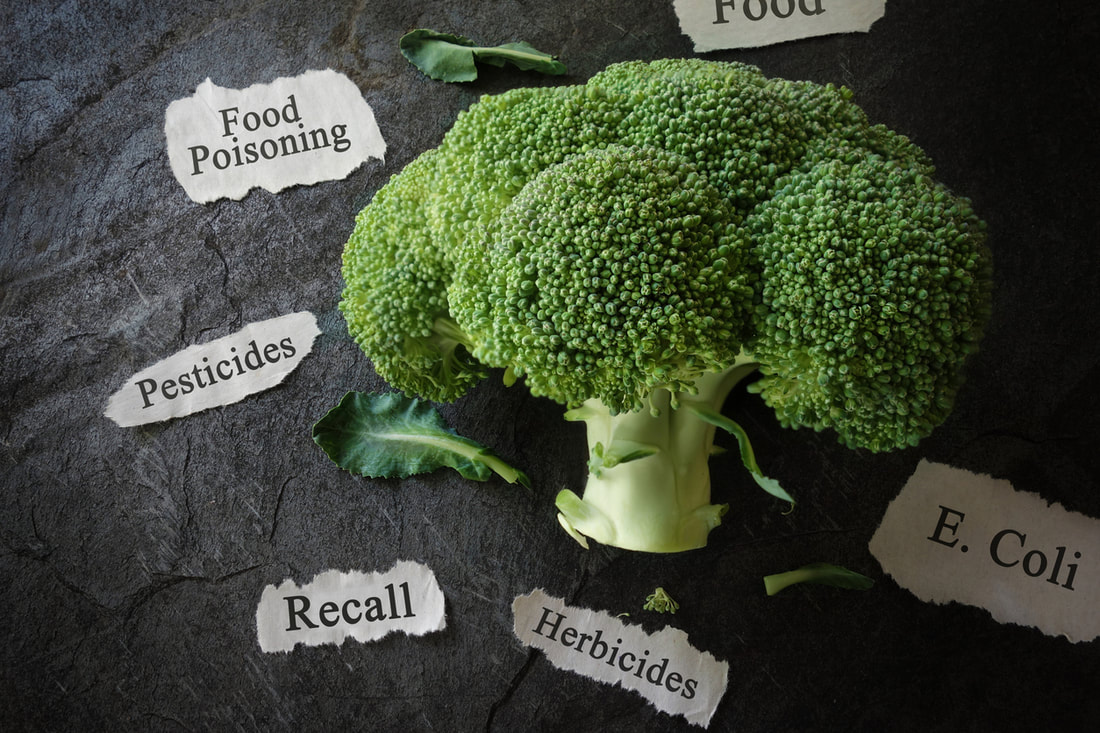When dealing with insurance coverage associated with a product recall and food contamination claims, there are certain policy exclusions and arguments raised in almost every case by insurers: (1) the product recall exclusion; (2) the impaired property exclusion; and (3) whether there is third-party property damage. Three cases highlight this point.
In Thruway Produce, Inc. v. Mass. Bay Ins. Co., 114 F. Supp.3d 81 (W.D.N.Y. 2015), Thruway Produce supplied apples to Milnot Holding Company (“Milnot) which manufactured and sold baby food under the brand name “Beech-Nut”. Thruway Produce purchased apples from various growers and sold them to Milnot which incorporated the apples into baby food. It was found that rodenticide was mixed with some of the apples and this caused Milnot to recall the baby food. Milnot sued Thruway Produce, which put its insurance carrier, Massachusetts Bay Insurance Company, on notice of the claim. Coverage litigation ensued. The court found that there was an “occurrence” since there was no evidence that Thruway Produce intended or knew that the apples supplied to Milnot were contaminated or would contaminate the baby food. Similarly, the court found third-party property damage to the baby food, and that the impaired property and recall exclusions did not apply.
In Newark Ins. Co. v. Acupac Packaging, Inc., 328 N.J. Super 385 (Sup. Ct. of New Jersey 2000), the insured incurred liability when pacquettes (manufactured for the purpose of containing lotion to be transported in a bound magazine) leaked, causing damage to attached advertising cards. The Insured, Acupac, contended that once the defective pacquettes were attached to the advertising cards, the cards themselves were destroyed, as was the lotion in the pacquettes, since there was no economically feasible method of salvaging either. Acupac asserted that separating the defective cards from the pacquettes was not considered, as the cost of removal far exceeded the cost of reprinting the cards. The insurance company filed a declaratory judgment action seeking a determination that it did not owe coverage. The appellate court reversed the lower court summary judgment ruling for the insurance company and held that the insurance company had not established as a matter of law that a “business risk” coverage exclusion in the policy was applicable. The court found that the cards were the property of others, separate and distinct from the pacquettes prepared by Acupac, and thus third party property damage had occurred. The court stated:
We hold that if Acupac can establish that it was inevitable that all, or a substantial portion, of the cards would be destroyed once subjected to the binding process, those cards, which belonged to Revlon, were indeed damaged. Acupac was not required to subject the balance of the cards to the binding process (which may have increased the actual damages) in order to insure coverage. The claim would not be one of breach of warranty limited to the cost of repairing or replacing Acupac’s defective work. Rather, the claim would be for physical damage to Revlon’s property caused by Acupac’s defective work.
We reiterate that if Acupac can establish its contention that all or a substantial portion of the pacquettes would have leaked onto the cards if subjected to the binding process, rendering the cards inutile for their intended purpose, coverage should be afforded because the cards were, for all intents and purposes, physically damaged. We consider as factual issues to be resolved by the fact-finder in making the ultimate determination as to whether Revlon’s property was damaged. Newark’s contentions that the pacquettes could have easily been removed from the actual card without causing physical damage; that the residual glue could have easily been removed or peeled off from the cards; that the lotion could have been removed in a cost-effective way, or that the pacquettes could have been used in other types of promotional campaigns such as store promotions, newspaper inserts, or mail distribution.
Id. at 400. It was left up to the trial court to evaluate the facts and determine whether the impaired property exclusion applied. The appellate court determined that the recall exclusion did not apply because the claim was for property damage suffered by another property owner (Revlon).
The above cases are just a few of the many dealing with third-party property damage, the impaired property exclusion, and the recall exclusion in insurance coverage cases involving contaminated food products. The cases all turn on their facts, but if the insured is faced with a claim that involves third-party property damage and the insured’s product cannot be restored by its repair, replacement or removal, then the impaired property exclusion should not apply. Similarly, if a recall is involved and it is not a recall of the insured’s product, and if there is no impaired property, the recall exclusion should not apply.
When faced with a product recall, policyholders should not assume that just because their insurance policy contains a “recall exclusion” that there is no coverage. A review of the policy language in conjunction with applicable law and the facts of the claim is in order.


 RSS Feed
RSS Feed